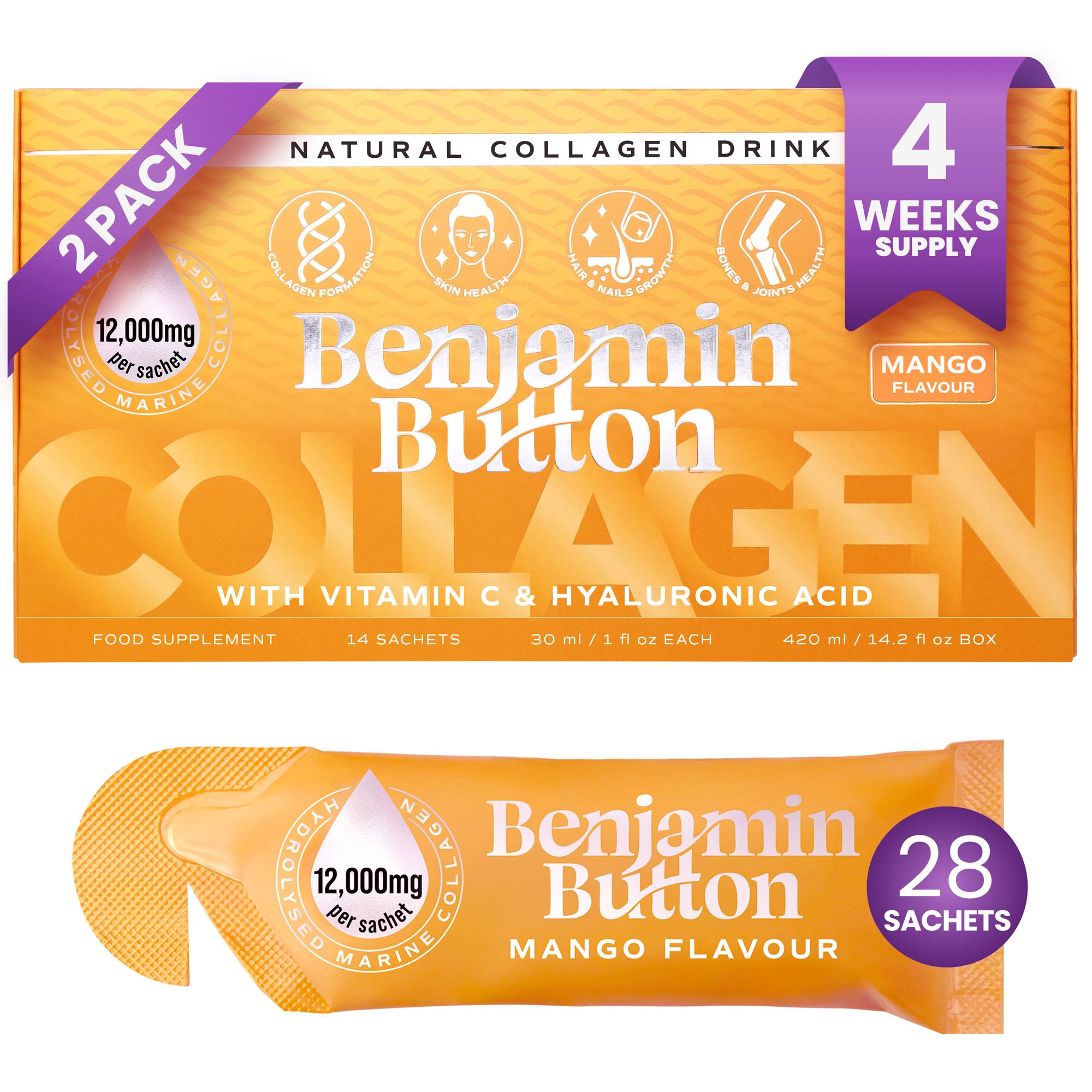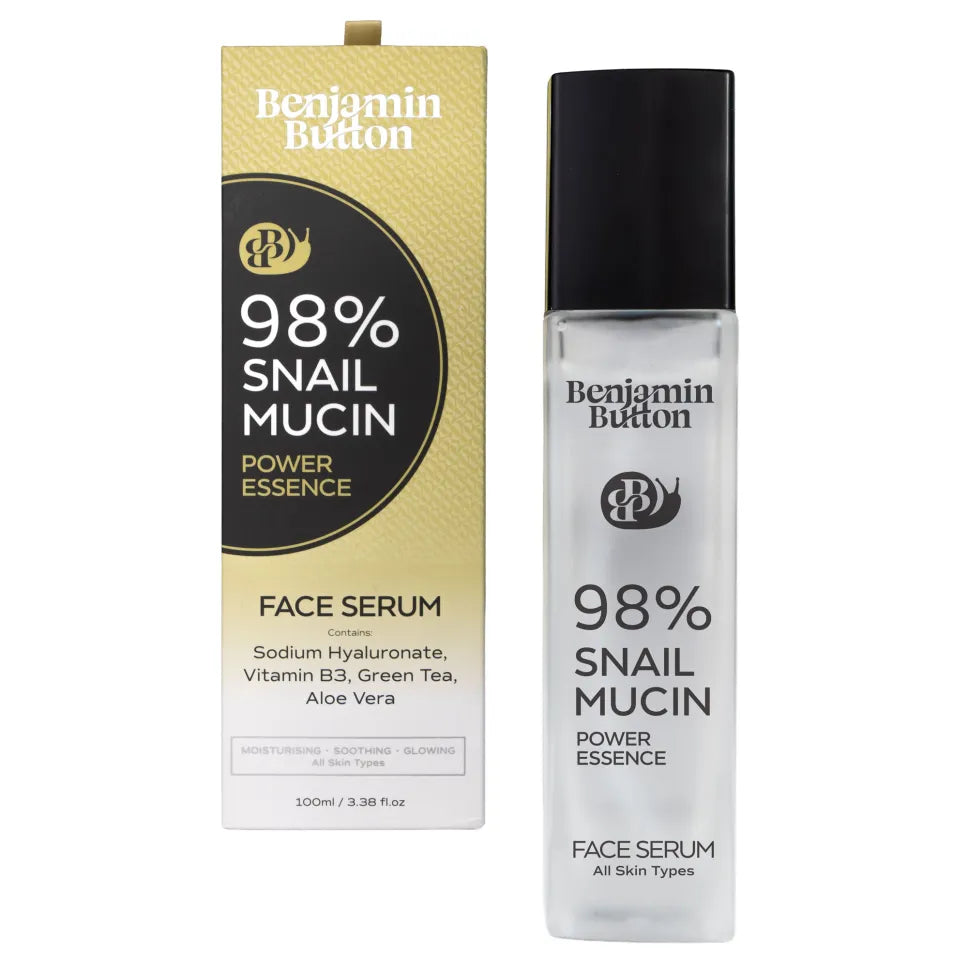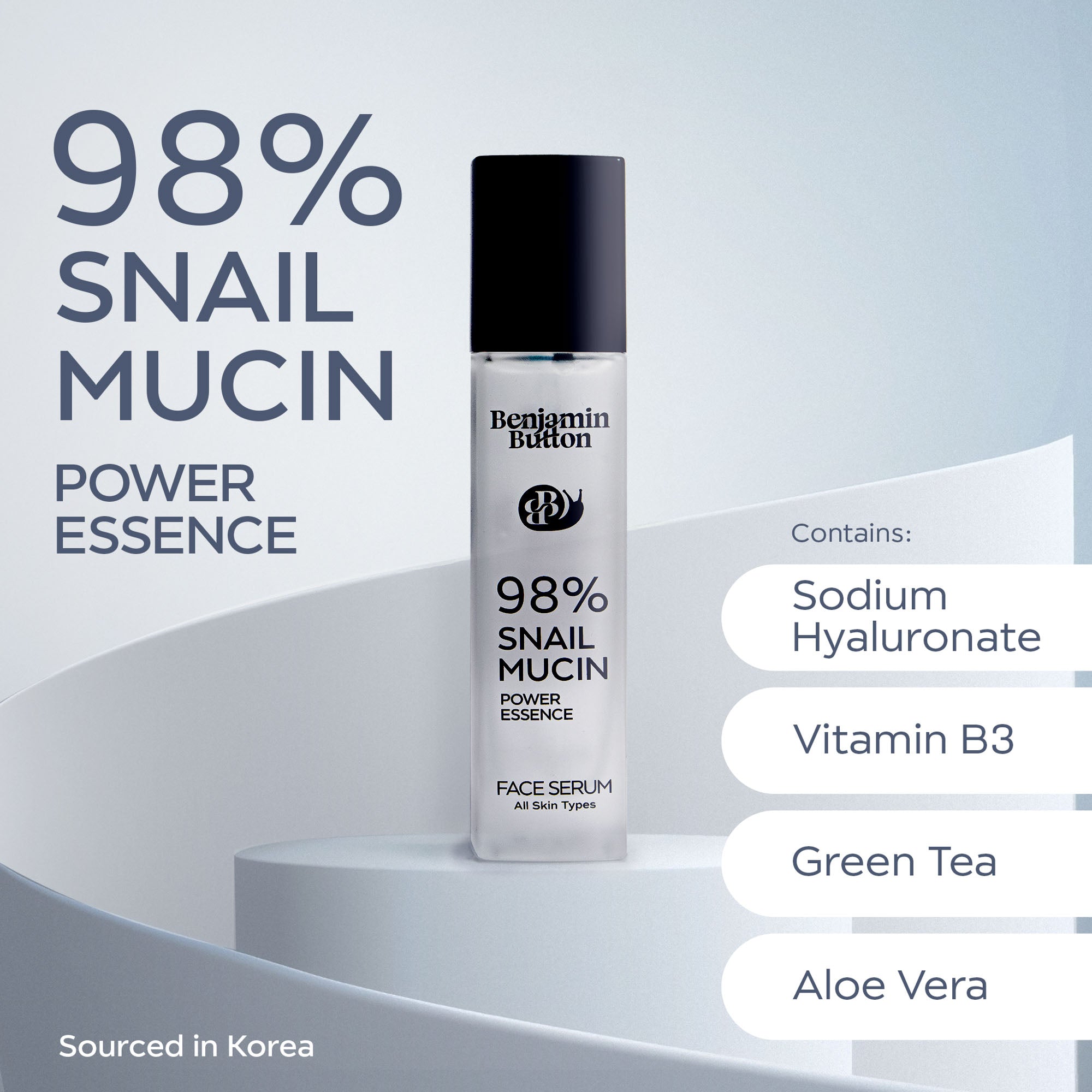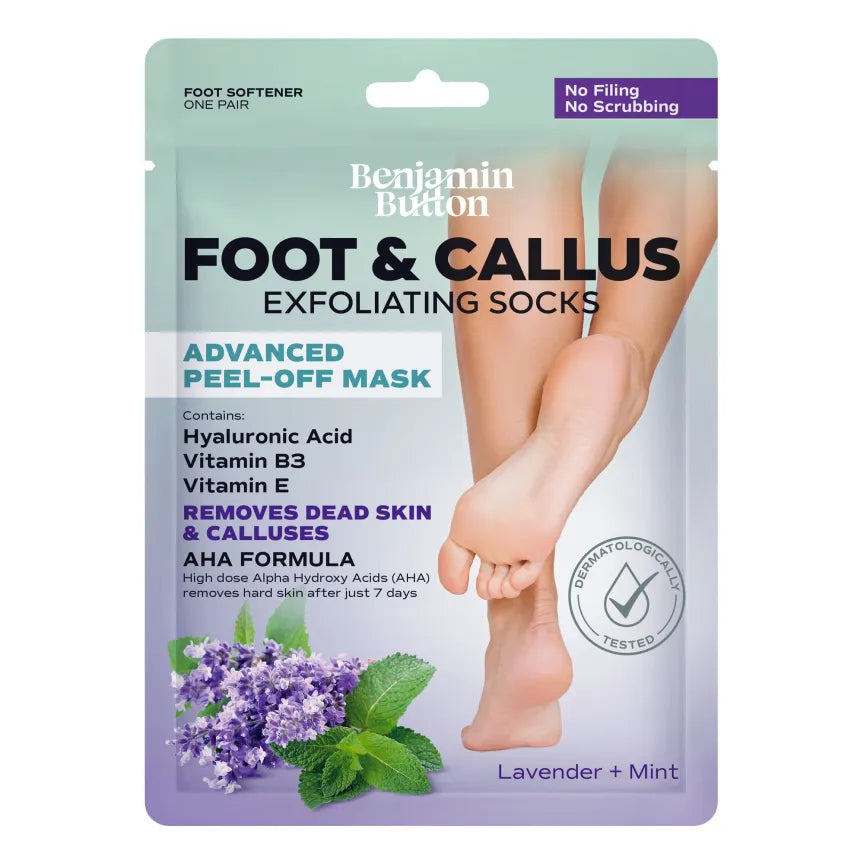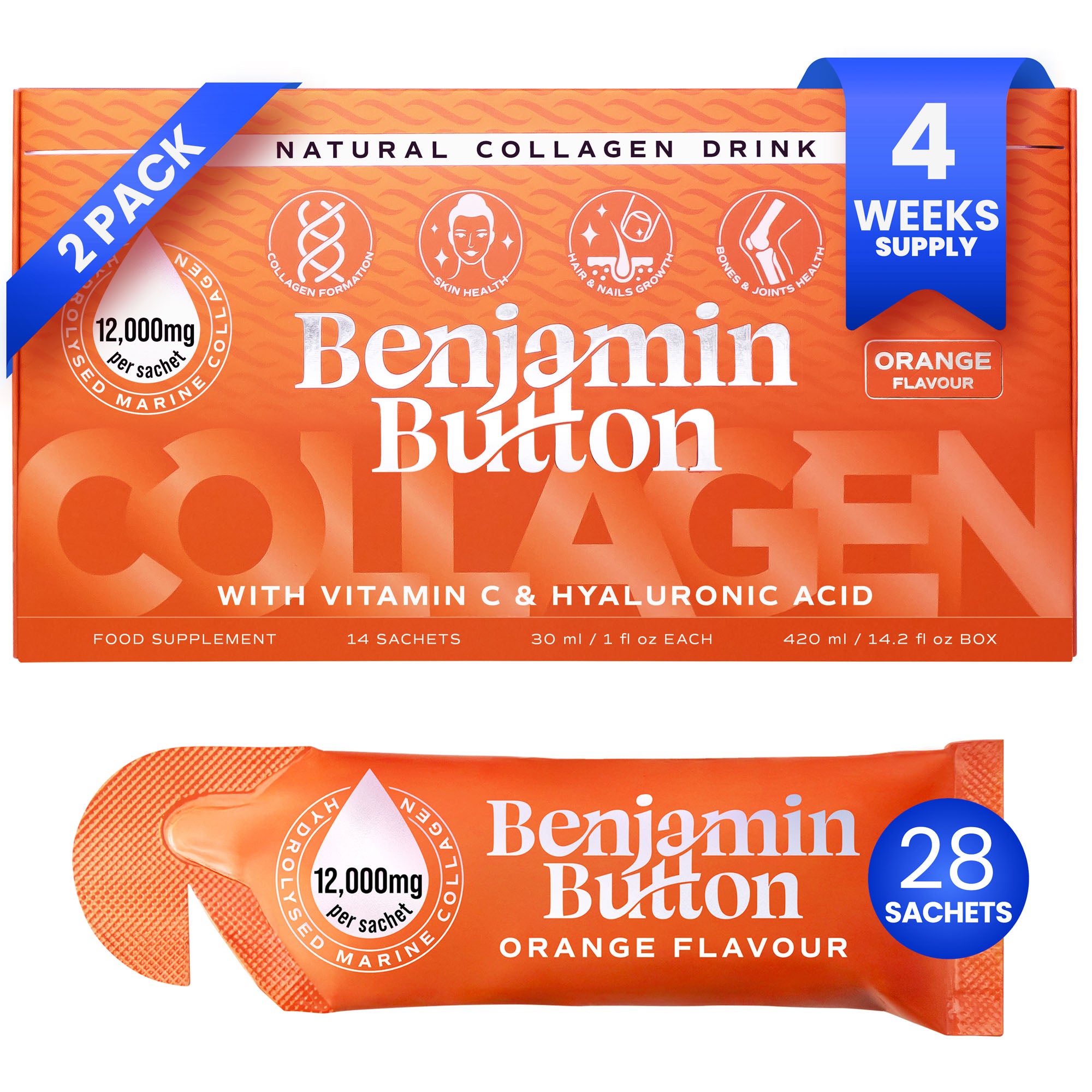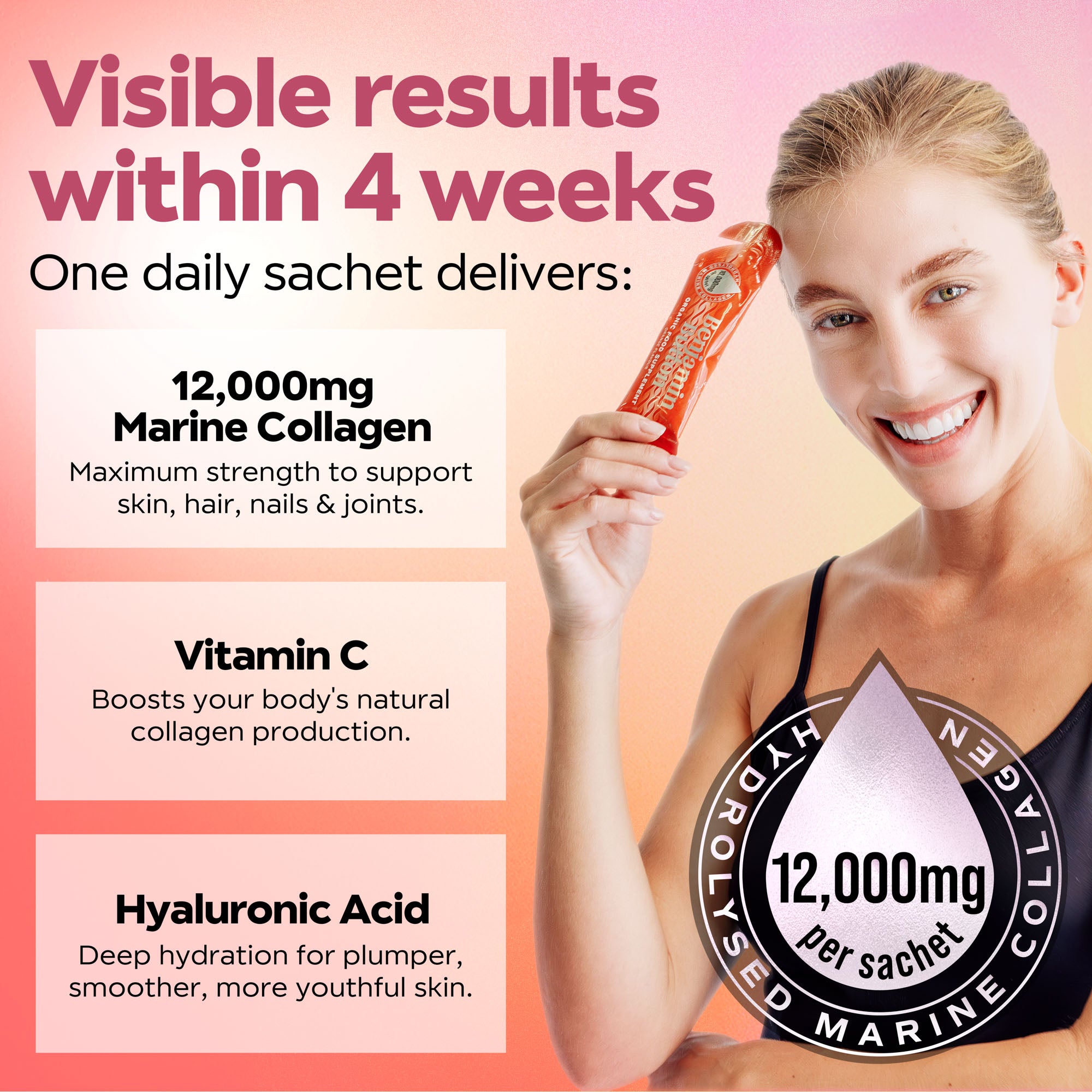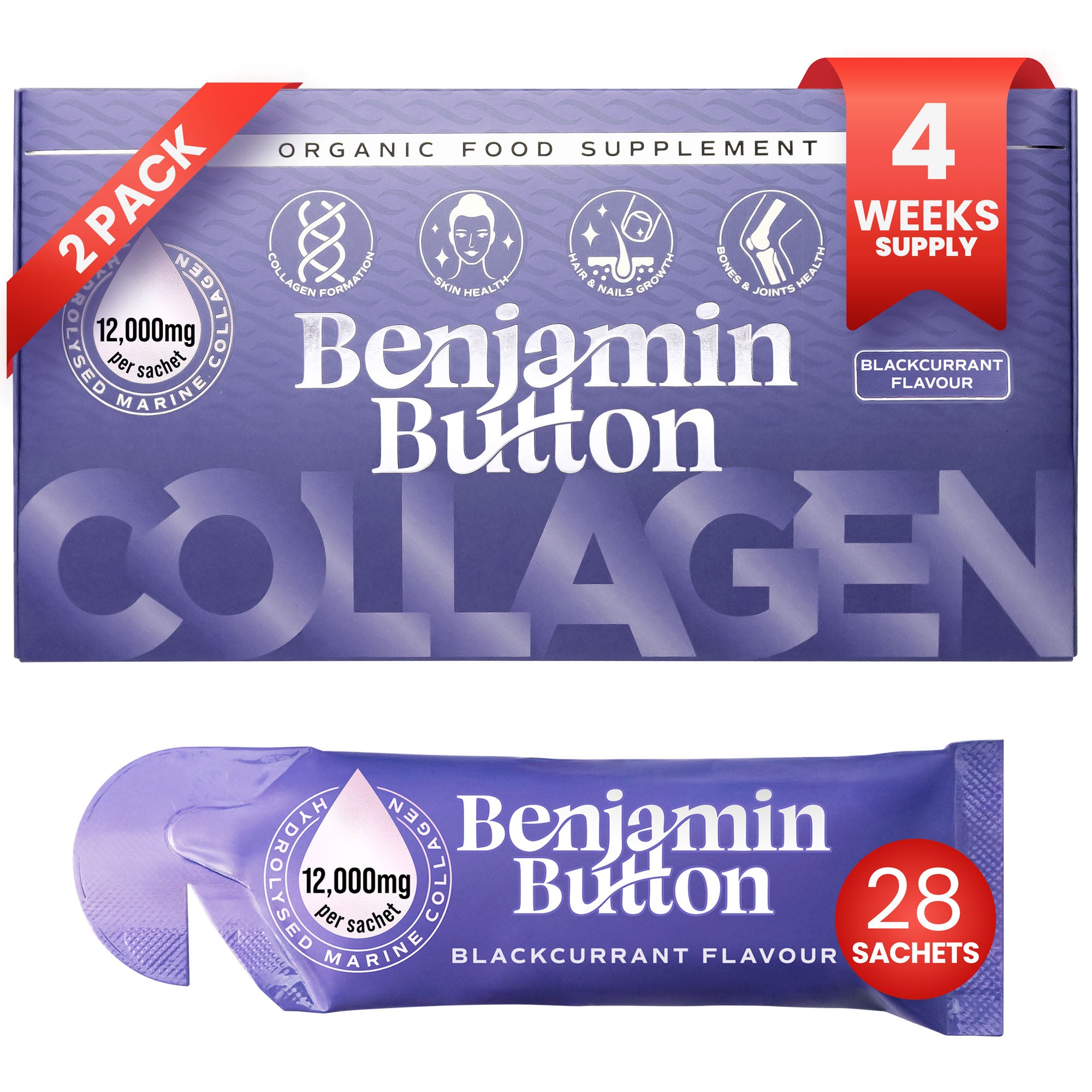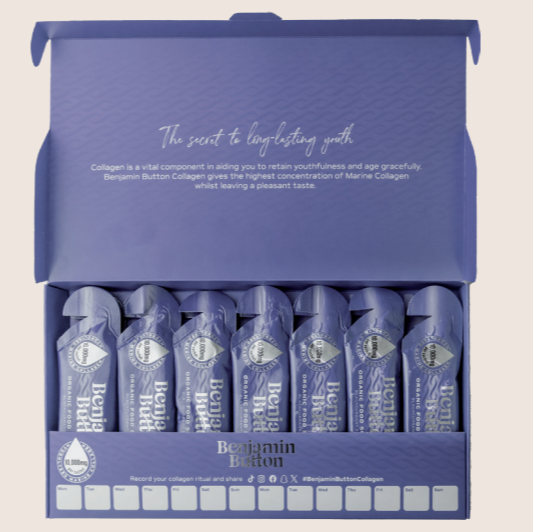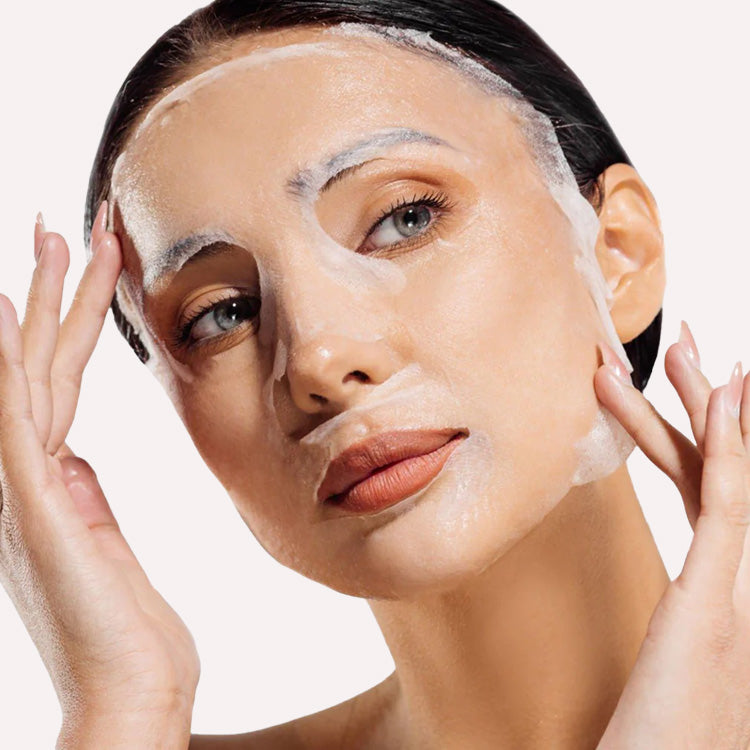Understanding White Marks on Nails: Myths Debunked
White marks on nails, often referred to as leukonychia, are a common concern for many individuals. These marks can range from tiny dots to larger patches, and while most of us have encountered them at some point, there remains a shroud of confusion and myth surrounding their true causes. Let's explore the facts, debunk some myths, and ultimately gain a clearer understanding of what these mysterious white marks really mean.Common Causes of White Marks on Nails
White marks can appear due to a variety of reasons. While some may associate these spots with health issues, the truth is often far more benign. Here are the most common causes:- Trauma: One of the leading causes of white marks is physical trauma to the nail bed. Even minor injuries can lead to the formation of these spots as the nail grows.
- Allergic Reactions: Allergies to nail products, such as nail polish or nail hardeners, can cause white patches as the nails react to the chemicals.
- Nutritional Deficiencies: Some believe that deficiencies in certain vitamins and minerals (like zinc or protein) can lead to white marks. However, this is often overstated.
- Fungal Infections: Certain fungal infections can present as white spots on the nails, though this is less common.
- Medical Conditions: In rare cases, underlying health issues, such as eczema or psoriasis, can affect the nail appearance. However, these instances are typically accompanied by other symptoms.
Debunking Myths Surrounding White Marks
Now that we’ve covered the basic causes, it's crucial to separate fact from fiction. Here are some prevalent myths about white marks on nails and the truths that debunk them:- Myth 1: White marks mean serious health issues. This is a widespread belief. In most cases, white marks are harmless and not indicators of serious health concerns. They are often a result of trivial trauma or allergic reactions.
- Myth 2: The only cause of white marks is injury. While trauma is the most common culprit, allergic reactions to nail products and fungal infections also contribute to the appearance of white spots.
- Myth 3: White marks are permanent. Many people fear that once these spots appear, they will remain forever. In reality, as the nail grows, the marks often move toward the nail tip and eventually grow out, disappearing in the process.
- Myth 4: They indicate a need to supplement your diet. While nutritional deficiencies can sometimes affect nail health, white marks are not a definitive sign of such deficiencies. Always consult with a healthcare professional before jumping to conclusions.
- Myth 5: All white marks are the same. The appearance of white marks can vary. Some may be tiny dots, while others may cover a significant area of the nail. The specific pattern can actually hint at the underlying cause.
When to Seek Professional Advice
Though most white marks on nails are perfectly harmless, there are times when it’s prudent to seek professional advice. Here are some situations where consulting a dermatologist or healthcare provider is recommended:- If the white marks are accompanied by discomfort, swelling, or other changes in the nail's texture or colour.
- If you notice rapid changes in the appearance of your nails over a short period.
- If white marks are present on multiple nails and you’re experiencing other symptoms that concern you.
Ways to Maintain Nail Health
To keep your nails looking their best and potentially reduce the risk of developing white marks, consider the following nail care tips:- Keep nails trimmed: Regular nail trimming helps reduce the risk of trauma and damage.
- Moisturise: Use hand and nail creams to keep the nails hydrated and less susceptible to damage.
- Avoid harsh chemicals: Limiting exposure to strong nail products can reduce the risk of allergic reactions.
- Practice good hygiene: Keeping your nails clean helps prevent any possible infections.
- Eat a balanced diet: Consuming a variety of nutrients supports overall health, including that of your nails.










